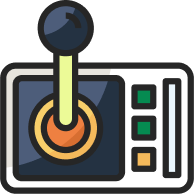The iconic PSP consoles first started their journey back in the fall of 2004 when Sony introduced their first-ever handheld gaming consoles to Japan. From then on, Sony’s PlayStation Portable consoles became a worldwide phenomenon. This seventh generation of handheld gaming consoles incorporated some of the most innovative features of the time into a single portable device.
Now with their brand-new PlayStation Portable consoles in the market, Sony boasted some of the best technological advancements that were never seen before in the gaming world. Sony even outshined its main competitor’s best-performing handheld console of the time: the Nintendo DS!
The PSP consoles are the only one of its kind that uses optical media as its primary medium of storage: UMD (Universal Media Disc). These consoles were not just ordinary gaming consoles as they provided a lot more functionality than just regular gaming.
PlayStation Portable lineup is a classic example of a portable multimedia device that, apart from console gaming, also gave users the ability of video and audio playback as well as the capability to store pictures. Moreover, users also had the ability to surf the internet and even read books/comics offline! Since these features were not expected from a regular handheld gaming console, consequently, PSP consoles took the market by storm!
The legendary PSP consoles continued for a decade-long time, starting in 2004 and ending in 2014. There had been a total of 4 hardware revisions of the original PSP console: PSP-1000. Here is the complete list:
- PSP 1000
- PSP 2000
- PSP 3000
- PSP GO (PSP-N1000)
- PSP Street (PSP-E1000)
For the purposes of this article, we will stick with the first three models and do a heading-wise side-by-side comparison of all the first three PSP handheld gaming consoles. Throughout the article, we will see numerous similarities as well as the differences between PSP-1000, PSP-2000, and PSP-3000. Without any further delay, let us begin!

Launch/Release Date
1) PSP-1000
The iconic PSP-1000 was launched on December 12, 2004. It was first introduced in Japan.
2) PSP-2000
Sony made the first-ever hardware revision of the original PSP-1000 on August 30, 2007. PSP-2000 was first revealed in Hong Kong.
3) PSP-3000
PSP-3000 first came into being on October 14, 2008. Sony first unveiled it in North America.
Dimensions/Measurements
1) PSP-1000
In inches, (height x width x depth): 2.90 x 6.70 x 0.91
In millimeters, (height x width x depth): 74 x 170 x 23
2) PSP-2000
In inches, (height x width x depth): 2.80 x 6.70 x 0.75
In millimeters, (height x width x depth): 71 x 169 x 19
3) PSP-3000
In inches, (height x width x depth): 2.80 x 6.70 x 0.75
In millimeters, (height x width x depth): 71 x 169 x 19
Weight/Mass
1) PSP-1000
In Ounces: 9.9
In Grams: 280
2) PSP-2000
In Ounces: 6.7
In Grams: 189
3) PSP-3000
In Ounces: 6.7
In Grams: 189
CPU (Central Processing Unit)
1) PSP-1000
PSP-1000 incorporates two 333 MHz MIPS32 R4000 R4k-based 32-bit CPUs as the main Central Processing Unit and Media Engine.
2) PSP-2000
PSP-2000 incorporates also two 333 MHz MIPS32 R4000 R4k-based 32-bit CPUs as the main Central Processing Unit and Media Engine.
3) PSP-3000
Just like the previous two models, PSP-3000 also incorporates two 333 MHz MIPS32 R4000 R4k-based 32-bit CPUs as the main Central Processing Unit and Media Engine.
GPU (Graphics Processing Unit)
1) PSP-1000
The GPU of PSP-1000 is comprised of a Custom Rendering Engine and a Surface Engine.
2) PSP-2000
Like PSP-1000, the GPU of the PSP-2000 is also comprised of a Custom Rendering Engine and a Surface Engine.
3) PSP-3000
Continuing with the flow, the GPU of PSP-3000 is also comprised of a Custom Rendering Engine and a Surface Engine.
RAM (Random Access Memory)
1) PSP-1000
PSP-1000 uses 32 MB of RAM.
2) PSP-2000
Doubling its capacity, PSP-2000 uses 64 MB of RAM.
3) PSP-3000
Like PSP-2000, PSP-3000 also uses 64 MB of RAM.
Internal Storage (Internal Memory)
1) PSP-1000
PSP-1000 features a 32 MB of Internal Memory/Storage that is fully reserved for the system software.
2) PSP-2000
Doubling its capacity, PSP-2000 features a 64 MB of Internal Memory/Storage that is fully reserved for the system software.
3) PSP-3000
Like PSP-2000, PSP-3000 also features a 64 MB of Internal Memory/Storage that is fully reserved for the system software.
Battery Size
1) PSP-1000
PSP-1000 packs an 1800 mAh battery size in its hardware body that provides up to 6 hours of gameplay, 5 hours of video playback, and 11 hours of audio playback.
2) PSP-2000
PSP-2000 packs a more efficient 1200 mAh battery size in its hardware body that provides the same up to 6 hours of gameplay, 5 hours of video playback, and 11 hours of audio playback.
3) PSP-3000
Like the PSP-2000, PSP-3000 also packs a more efficient 1200 mAh battery size in its hardware body that provides the same up to 6 hours of gameplay, 5 hours of video playback, and 11 hours of audio playback.
Display Screen
1) PSP-1000
PSP-1000 features a 4.3-inch (110 mm) LCD screen which is capable of delivering 480x272 pixel display resolution with 24-bit color (16 million colors).
2) PSP-2000
Like the PSP-1000, PSP-2000 features a 4.3-inch (110 mm) LCD screen which is capable of delivering 480x272 pixel display resolution with 24-bit color (16 million colors).
3) PSP-3000
PSP-3000 features a 4.3-inch (110 mm) LCD screen which is capable of delivering 480x272 pixel display resolution.
However, PSP-3000 has a better overall LCD display over its predecessors which boasts a 5-times more contrast ratio, a halved pixel response time, and integrates a new sub-pixel structure.
Touchscreen
1) PSP-1000
PSP-1000 lacks touchscreen technology.
2) PSP-2000
PSP-2000 lacks touchscreen technology.
3) PSP-3000
PSP-3000 lacks touchscreen technology.
Speakers/Audio
1) PSP-1000
PSP-1000 has a stereo sound system.
2) PSP-2000
Like PSP-1000, PSP-2000 also has a stereo sound system.
3) PSP-3000
Continuing with the flow, PSP-3000 also has a stereo sound system.
Microphone
1) PSP-1000
There is no Microphone functionality in PSP-1000.
2) PSP-2000
There is no Microphone functionality in PSP-2000.
3) PSP-3000
PSP-3000 incorporates a microphone in its hardware design.
Headphone Jack
1) PSP-1000
PSP-1000 supports a 3.5 mm headphone jack.
2) PSP-2000
PSP-2000 also supports a 3.5 mm headphone jack.
3) PSP-3000
Like the previous 2 models, PSP-3000 also supports a 3.5 mm headphone jack.
IrDA-Compatible Connector
1) PSP-1000
Incorporates an IrDA-Compatible connector.
2) PSP-2000
Lacks an IrDA-Compatible connector.
3) PSP-3000
Lacks an IrDA-Compatible connector.
Wi-Fi Support
1) PSP-1000
Supports 802.11b Wi-Fi connectivity.
2) PSP-2000
Also supports 802.11b Wi-Fi connectivity.
3) PSP-3000
Also supports 802.11b Wi-Fi connectivity.
Operating System Version
1) PSP-1000
PSP-1000 was launched with a 1.00 version of PlayStation Portable System Software.
2) PSP-2000
PSP-2000 was launched with a 3.60 version of PlayStation Portable System Software.
3) PSP-3000
PSP-3000 was launched with a 4.20 version of PlayStation Portable System Software.
As seen above, this is the major set of similarities and differences between the PSP-1000, PSP-2000, and PSP-3000 hardware models.







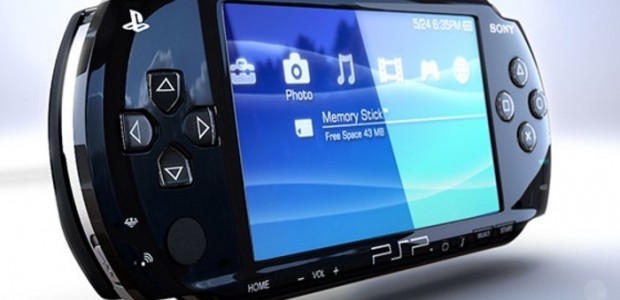





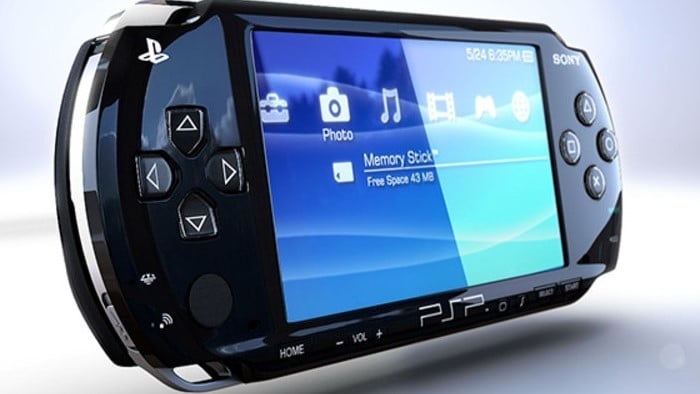
.jpeg)

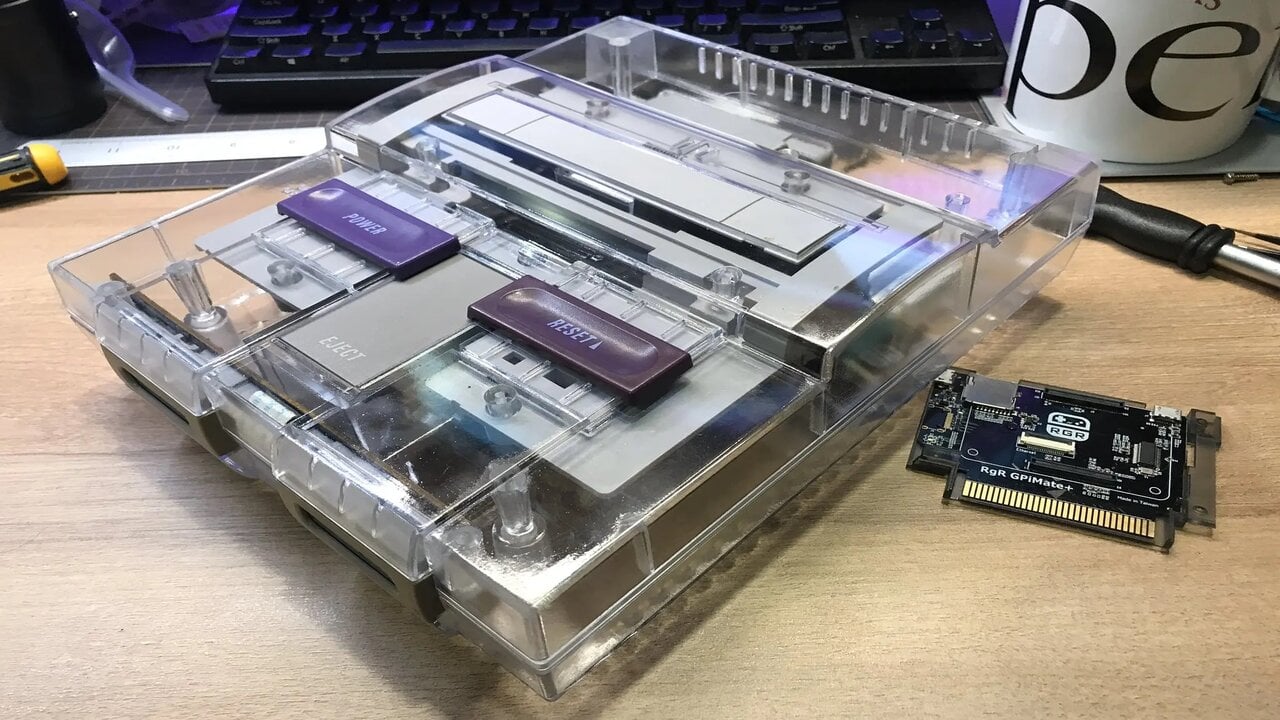

 (1).jpg)
.jpg)
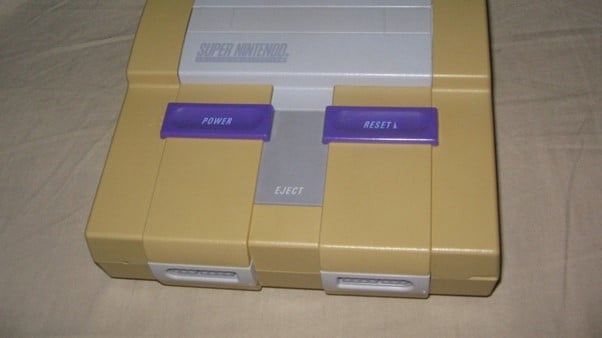


.jpg)

